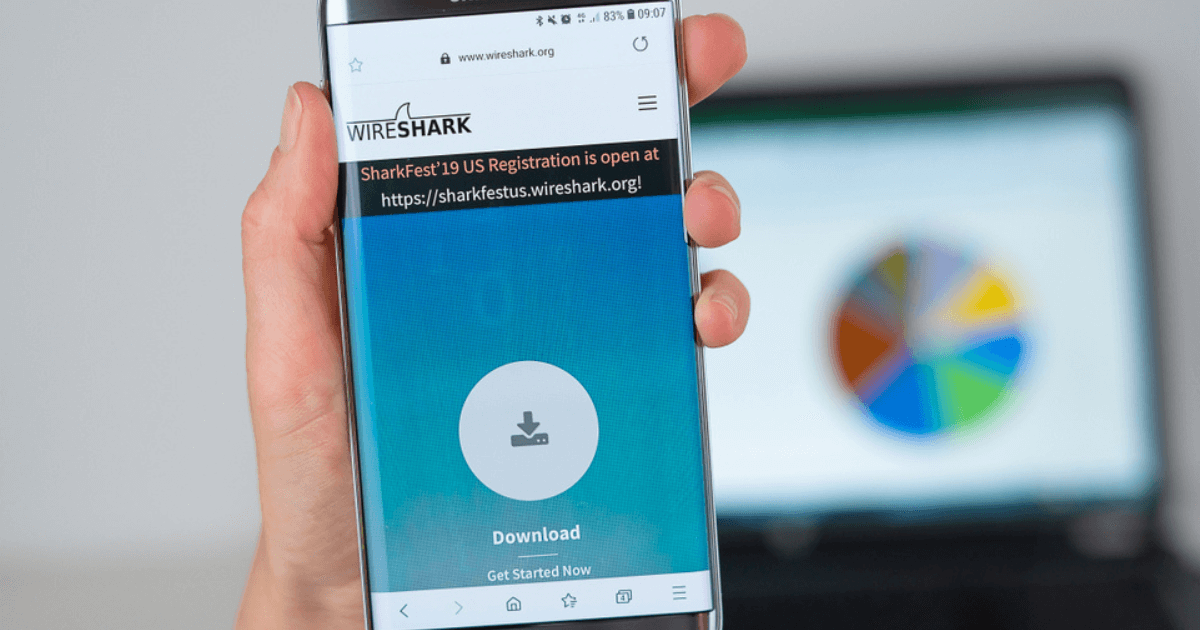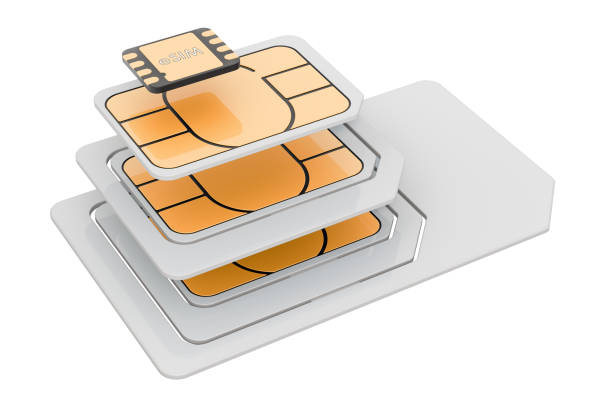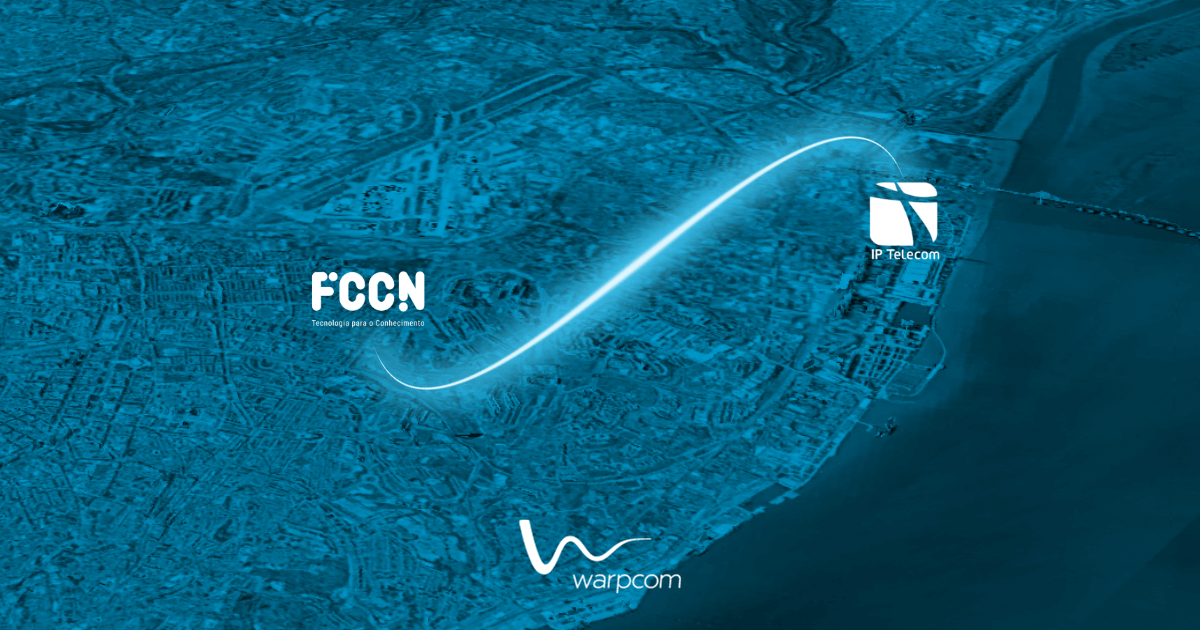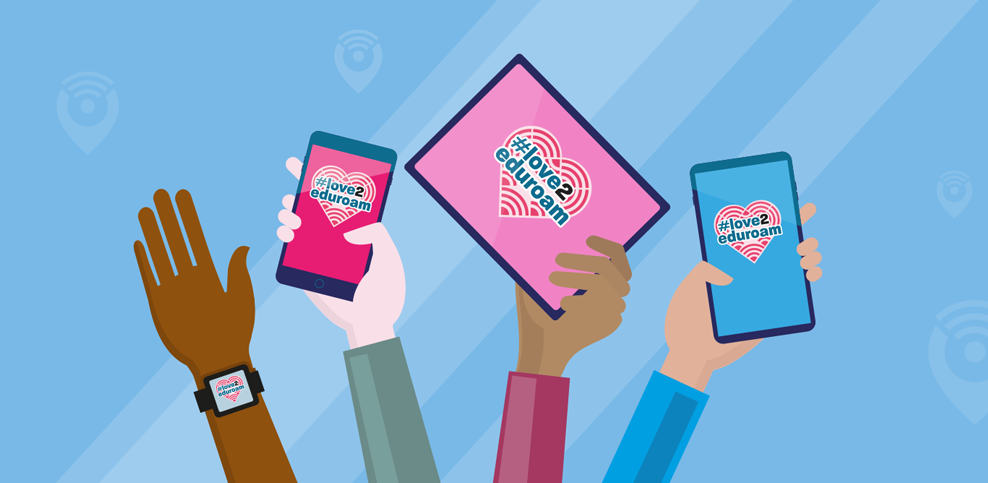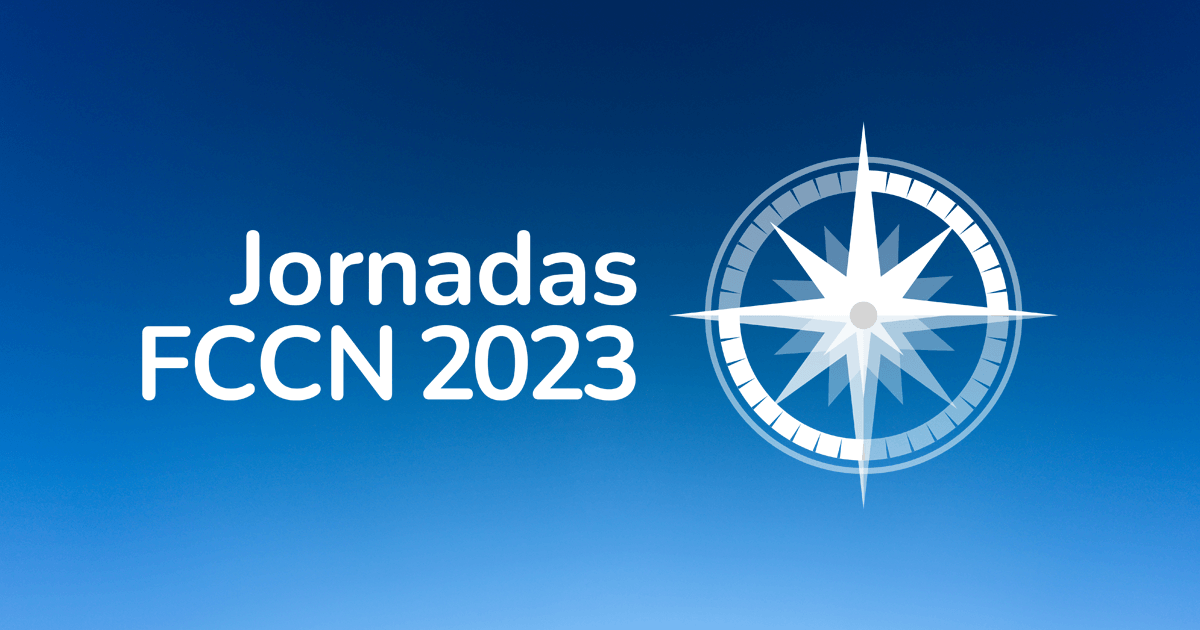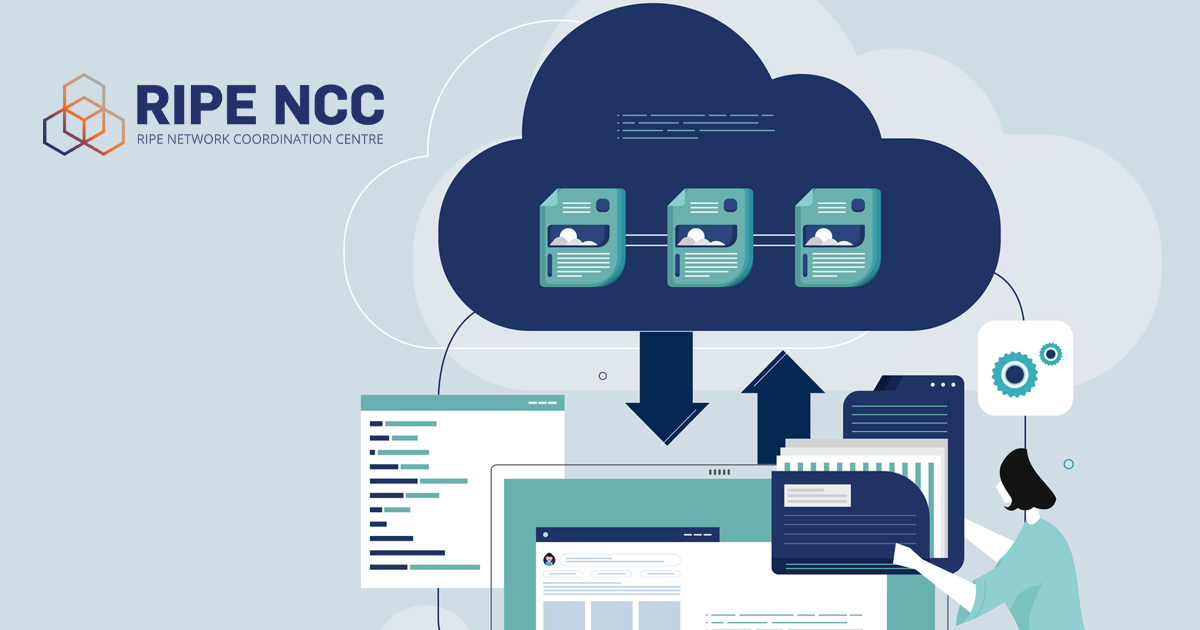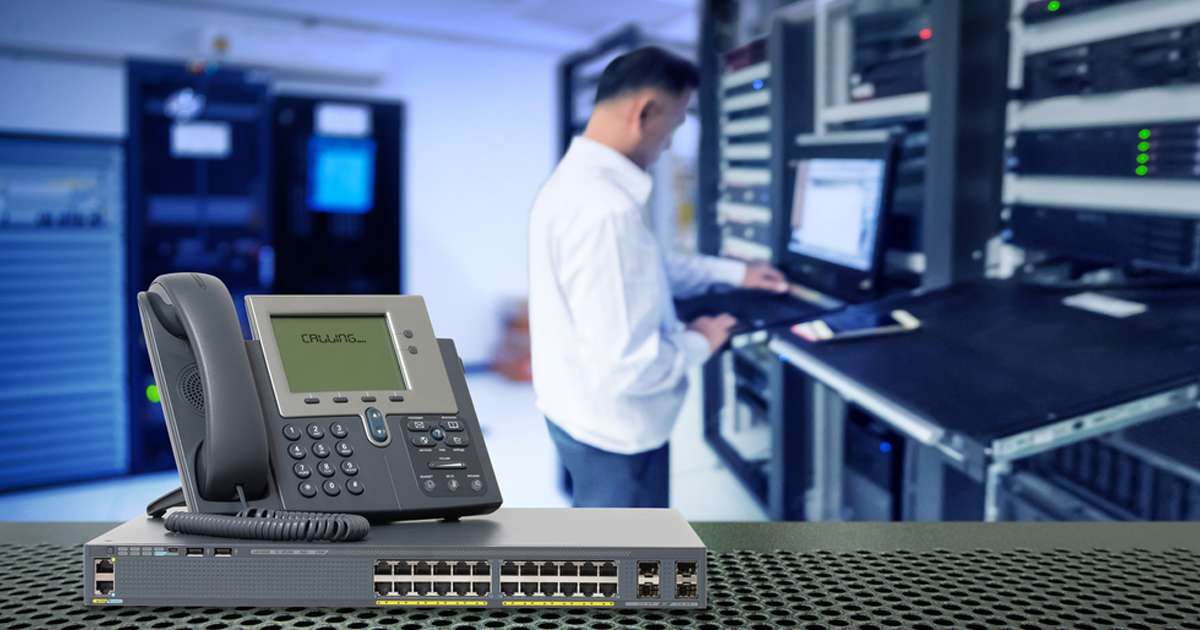

Responsible for transmitting audio and video data in real time, RTP, or Real-time Transport Protocol, is a protocol used in voice over IP (VoIP) communications. Usually used together with SIP (Session Initiation Protocol), it provides during its communications a quality of service control in order to ensure the delivery of data packets in real time with the lowest possible latency.
Its versatility, allows the configuration of various media options with different sampling rates, i.e. it is compatible with various audio and video codecs. Because of this versatility, there are different types of applications and devices capable of successfully performing communications using the protocol in their communication.
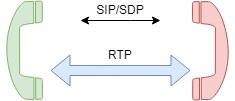
In the RCTS VoIP network, during a call, after signaling (SIP - Session Initiation Protocol) RTP comes into play. RTP creates several audio samples and with a numbering system inserts them in several datagrams to ensure that the packets are delivered in the correct order. These packets, contain timestamps to control the playback time of the data and adjust the playback speed. Since this is a real-time protocol, transport speed is a priority and therefore RTP will use the datagram protocol (UDP) to send data.
A good analogy to understand RTP is to imagine a mail system:
- 1st Due to the complexity and size of the message, RTP, takes several samples of the message and encapsulates the data into several small letters (packets) with a destination address and a sequence number.
- 2nd The letters are then sent separately to the delivery process where they can face congestion, delays, detour, and losses.
- 3º At reception, the RTP receiver, analyzes each letter to validate if there are errors and guides them, through its sequential number, the correct order of each letter by putting the small parts together like a puzzle and delivering the complete message to the application.
What is the RTCP?
RTCP is similar to RTP, however, it does not transport media data but its function is to control that data. Through feedback on this data RTCP generates reports about the quality of transmission including packet loss rates and delays, i.e. it helps synchronize time between source and destination. For a good real-time communication experience, both protocols are necessary.
In short, RTP is the most used real time transport protocol during voice and video transmissions and is specifically used in the RCTS VoIP network. It is through this protocol that after the signaling (SIP - Session Initiation Protocol) occurs in calls, it is possible to hear the voice of the caller and vice-versa.
